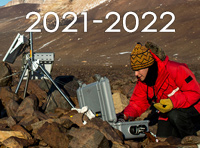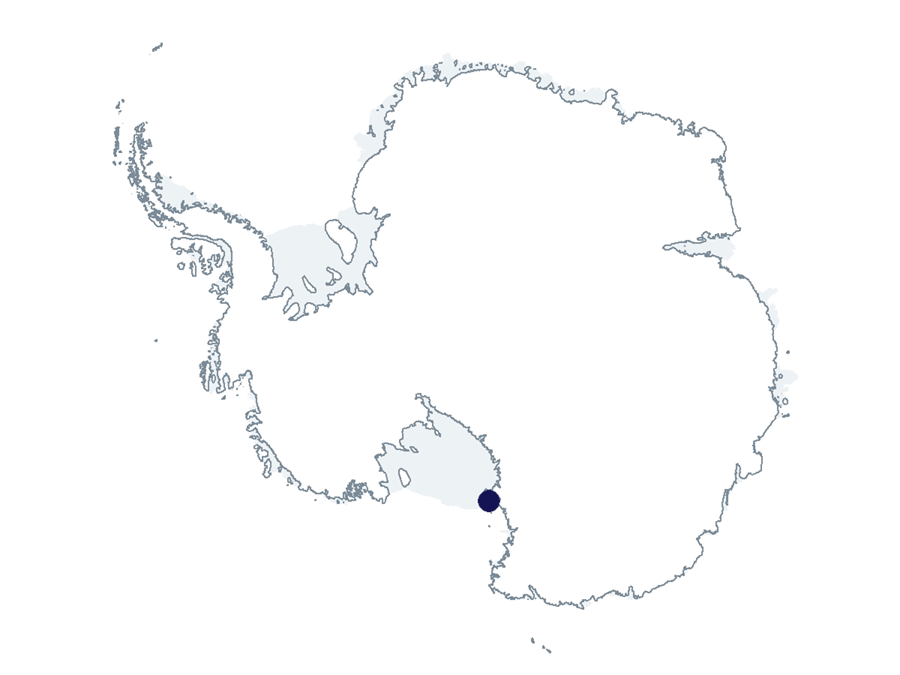2021-2022 USAP Field Season
Project Detail Project TitleCollaborative Research: Fe and Na LiDAR Investigations of Geospace-Atmosphere Temperature, Composition, Chemistry, and Dynamics at McMurdo, Antarctica Summary
Event Number:
Program Director:
ASC POC/Implementer: Principal Investigator(s)
Dr. Xinzhao Chu
Project Web Site: Location
Supporting Stations: McMurdo Station DescriptionResearchers on this project operate two narrow-band, multi-frequency Doppler LiDARs at McMurdo Station. These LiDARs can make high-resolution observations of winds and temperatures in the middle and upper atmosphere. Simultaneous observations by the two instruments - a sodium LiDAR and an iron Boltzmann LiDAR - provide unprecedented levels of detail to characterize atmospheric conditions. The instruments have been hosted by Antarctica New Zealand (ANZ) in their Arrival Heights laboratory since late 2010. The observations provide critical data to address key science challenges associated with the space-atmosphere interaction region and, in particular, the sparsely observed high-latitude southern hemisphere. Field Season OverviewThe A-123-M LiDAR project is in long-term shutdown to minimize station population and the risk of introducing COVID-19 to the Antarctic continent. No LiDAR team members are planned to be deployed and no data is planned to be collected during the austral summer of 2021-2022. However, Mr. Nikolas Sinkola on event number T-927-M will maintain the two LiDAR systems at Arrival Heights during this time. The project will rely on the Crary Laboratory research associate for this support during the following austral winter. |
2021-2022 Science Planning Summaries



For USAP Participants |
For The Public |
For Researchers and EducatorsContact UsNational Science FoundationOffice of Polar Programs Geosciences Directorate 2415 Eisenhower Avenue, Suite W7100 Alexandria, VA 22314 Sign up for the NSF Office of Polar Programs newsletter and events. Feedback Form |



